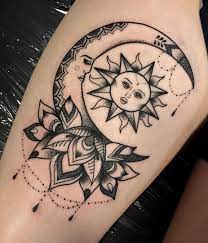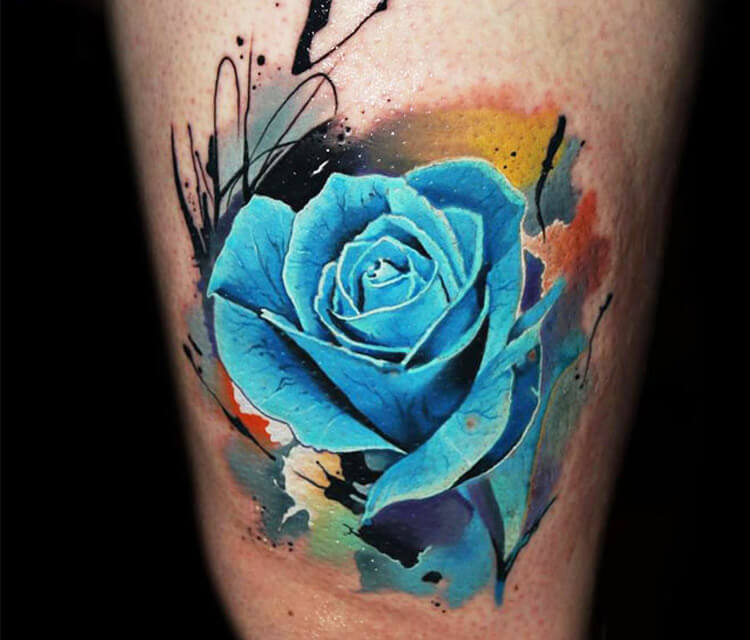
Tattooing has long been recognized as an art form, often used to express personal beliefs or identify with a culture, but there can also be risks involved with getting inked.
Tattoo Infections
Tattoo infections can arise from unclean ink, improper application, or inadequate care. Symptoms range from mild rashes to more serious illnesses with chills, fever, and shaking; treatment often entails months-long antibiotic prescriptions or hospitalization in extreme cases.
Allergic Reactions
Allergic tattoo reactions are one of the most frequently reported complications of tattooing. Tattoo pigment reacts with skin components to form haptens that exacerbate a robust allergic response with numerous symptoms, including histological features like lichenoid, granulomatous, and pseudo-lymphomatous patterns. Occasionally, reactions can extend deeper into tissues, leading to necrosis and ulceration of deeper layers. This pattern is most prominent with CIBTR reactions; additional involvement may include eye and lung inflammation and systemic sarcoidosis.
Neoplasms
Neoplasms, also known as growths on the skin known as neoplasias, can develop following tattooing and range from benign (non-cancerous), precancerous, or cancerous growths. Due to the difficulty of diagnosing them through physical examination alone, it’s wise to consult a physician if any new changes appear in your body. These growths may include actinic keratosis, a precancerous sun-damaged skin condition, and Bowen’s disease. This abnormal skin bump often resembles melanomas and acts as a precursor. Sometimes, these growths can lead to more severe complications, such as an ulcer-necrotic reaction or granuloma formation. Furthermore, they may decrease quality of life by causing severe itching in affected tattooed areas – an effect comparable to widespread pruritic skin diseases such as psoriasis or eczema and even hinder your sleep!
Scarring
Scarring is a risk associated with any wound, Tattoos included. This process occurs when cells in the area produce excessive levels of collagen during healing; this could be caused by either the tattoo itself, an infection such as septic wounds, cuts not adequately cleaned and dressed, or both. Q-switched lasers used for tattoo removal may cause tattoo pigments to decompose into toxic substances in the body and produce allergic reactions that are difficult to treat, often leading to mismatched colors in normal skin surrounding it. This may result in skin reactions with permanent changes causing skin discolorations due to unmatched colors within its surface area. Patients suffering from this condition may develop a papula-nodular response similar to that seen with psoriasis. The likely source of this reaction is an accumulation of carbon black nanoparticles; as a solution, the tattoo should be removed using a Q-switched technique to avoid repeating such reactions and contractures affecting muscles, tendons, and joints from occurring again.

